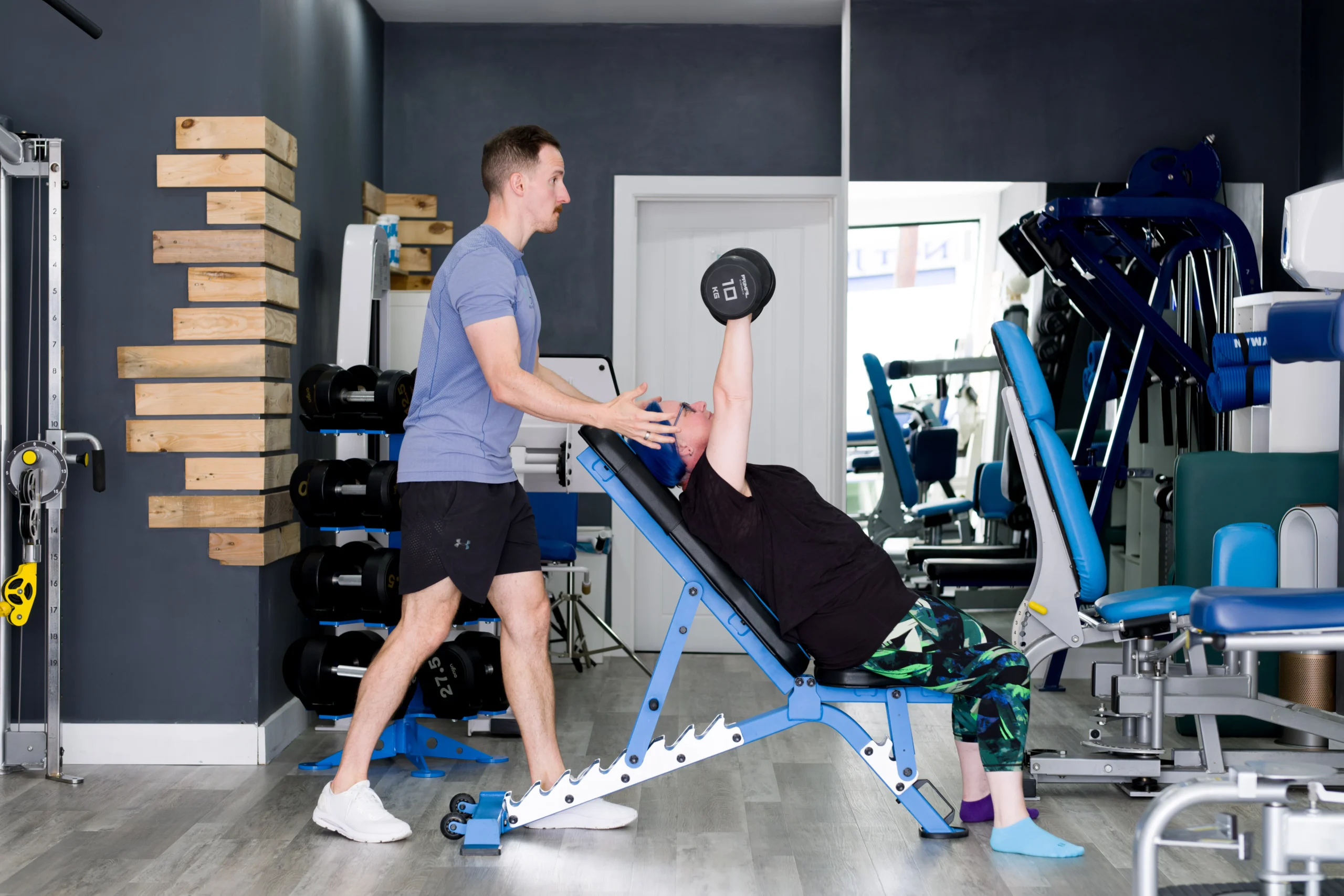Why Static Stretching is a Waste of Time — and What to Do Instead
Static stretching is a waste of time. There, I said it. As a personal trainer, you might expect me to advocate for stretching to lengthen muscles and feel better. But after years of experience, I can confidently say it doesn’t deliver the lasting results most people think it does. Here’s why.
I used to believe in static stretching, too. I was taught that holding long stretches would help me recover from injuries and improve my flexibility. But after years of testing it on myself—whether to rehab injuries from my rugby days or just to stay flexible—I realized that it wasn’t working. In fact, stretching often slowed my recovery. The answer I was looking for was actually in something I’d been doing all along: strength training.
It’s a common myth that lifting weights makes you stiff and less flexible. But the reality is that strength training, especially when done through a full range of motion, improves muscle control and joint mobility. The soreness you feel after lifting (hello, DOMS) isn’t the same as losing flexibility—it’s simply your muscles recovering. Strength training builds flexibility because it strengthens the muscles that support your joints, allowing your brain to trust your body to move safely through a greater range of motion.
Static stretching, on the other hand, doesn’t truly lengthen your muscles. To create a permanent change in muscle length, you’d have to stretch for around 30 minutes at a time. Most people don’t have that kind of time to waste. Plus, the “loose” feeling you get from stretching is just a temporary analgesic effect, not real flexibility.
Static Stretching is a Waste of Time: Here’s What You Should Do Instead
Static stretching is a waste of time. That’s right—despite what you’ve been told, holding long stretches to improve flexibility or prevent injury is not as effective as you think. Strength training is the real key to lasting flexibility and mobility. But let’s dive into why static stretching doesn’t work and what you should do instead.
The Myth of Static Stretching
For years, I believed in the power of static stretching. I was an athlete, playing a high-contact sport like rugby, and frequently dealt with injuries. Every physiotherapist I saw prescribed static stretching, telling me that it would help heal my ligaments and make me more flexible. So, I followed their advice—stretching, using foam rollers, and bands. But after all that effort, my knee didn’t get better. In fact, my recovery felt like it was taking longer than it should.
It wasn’t until I turned my focus toward strength training that things began to change. Here’s what I learned: static stretching is a waste of time because it doesn’t permanently lengthen muscles or improve your flexibility long-term. Studies show that to truly lengthen muscle fibers, you’d need to stretch for at least 30 minutes per session—something few people have time for. And even then, the temporary “loose” feeling you get from stretching is simply a numbing effect, not actual flexibility improvement.
Why Strength Training is the Answer
Contrary to popular belief, lifting weights doesn’t make you stiff and inflexible. What causes that stiff feeling after a workout is muscle soreness (also known as DOMS), not a reduction in flexibility. In fact, strength training is the most effective way to increase flexibility. When you train through a full range of motion, you teach your muscles to control your joints better, increasing both flexibility and stability.
Your brain acts as a protective mechanism, limiting your flexibility to prevent injury. If your body isn’t strong enough to support certain movements, your brain will restrict your range of motion. Strength training builds trust between your brain and muscles, allowing your body to move freely and safely through a greater range of motion. As a result, you become more flexible, not because you’ve stretched your muscles into submission, but because your muscles are stronger and more capable.
The Real Benefits of Strength Training
If you’re serious about improving your flexibility and mobility, strength training is the way to go. Not only will you become more flexible, but you’ll also strengthen your ligaments, tendons, and bones, reducing your risk of injury and improving overall functional movement. Stronger muscles support your joints, allowing for a wider range of motion with greater control.
I can personally attest to this. I used to rely on static stretching to warm up or loosen up before training, but now I can easily touch my toes without it. That’s because my hamstrings and lower back muscles are strong enough to allow my body to move in that way. No endless stretching sessions required.
Why You Should Ditch Static Stretching
At NG Health and Fitness, we don’t waste our clients’ time with static stretching because it doesn’t provide the long-term benefits they need. If you’re looking to truly improve your flexibility, mobility, and overall physical performance, strength training is the answer. So, instead of spending valuable time holding stretches, focus on getting stronger and more mobile. You’ll build a body that’s not only more flexible but also more resilient and capable.


